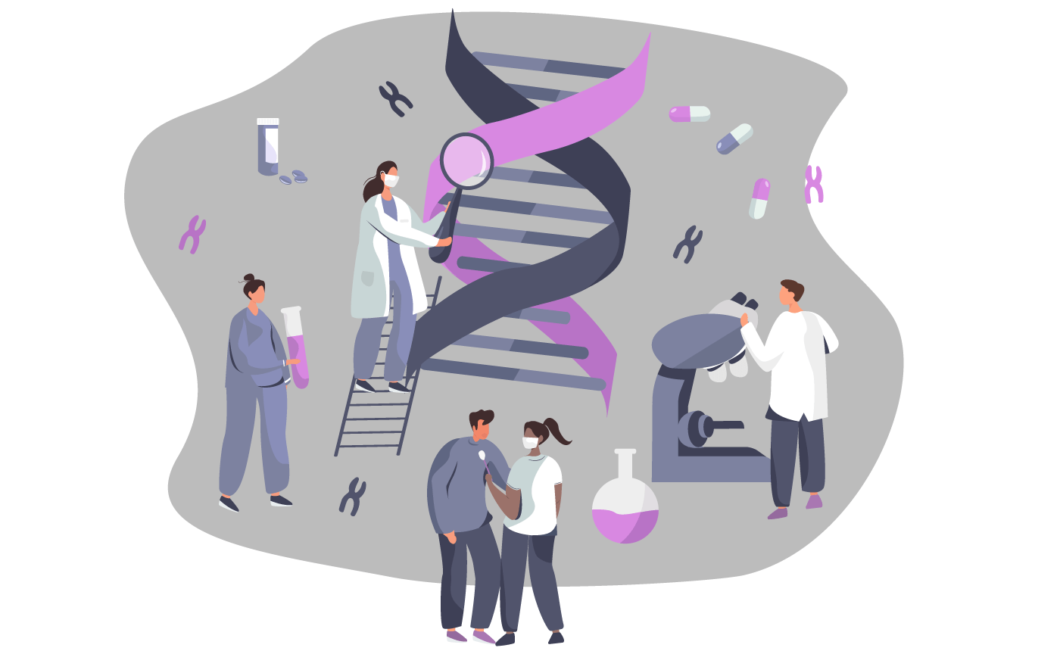Techniques for detecting and amplifying nucleic acids are now extremely useful in biological research. These methods are used by researchers in a wide range of applications in the life sciences, including basic research, biotechnology, medicine, diagnostics, and more.
Real-time PCR can be used for both quantitative and qualitative analysis of nucleic acids in this field. Choosing the best method to use requires a comprehensive understanding of this technology. The Real-time PCR course will familiarize you with the technology’s basics, applications, implementation, analysis, and troubleshooting, and you will obtain great mastery and skill in applying this technique in your research and scientific path.





